Microsoft Partners With Volkswagen To Test Its HoloLens 2 AR Headsets
【Summary】The partnership between the two companies explores how augmented reality can be used in autonomous vehicles or current cars as a head-up display system.

Head-up displays were once high-tech features that were saved for luxury vehicles. Now, head-up displays can be found on cars with affordable price tags. They help put information directly into the driver's sightline to ensure they keep their eyes on the road ahead. Instead of having to look down to get information on a car's speed, navigation directions, or what safety systems are working, the information is all displayed on the windshield. While some automakers, like Mercedes-Benz, have come out with virtual reality for their head-up display systems, Microsoft, with some help from Volkswagen, is looking to bring its HoloLens 2 augmented reality headset to cars.
Microsoft HoloLens Could Bring AR To Cars
Microsoft recently announced that it has started to work with Volkswagen to bring a new "moving platform" feature to its HoloLens 2 augmented reality headset. The feature is meant to address one of the HoloLens' biggest issues of being able to scan the real world and overlaying virtual objects when moving quickly. The new "moving platform" mode looks to solve this issue and could be updated to be used as a heads-up display in Volkswagen's cars. It could also be used in other applications that include driver training or for use in autonomous vehicles.
Microsoft's augmented reality headset uses a combination of camera sensors and an inertial measurement unit to track movement. Doing this in a vehicle is difficult for the system, because the two sensors can work against one another since the headset senses that it's moving, but sees an environment that remains still.
How The System Can Improve Cars
Volkswagen actually discovered the issue when it started using the headsets to help drivers improve their times around a racetrack. The German automaker and the tech company have been working together to fix the sensor issue with the headsets since 2018. Recently, they've come out with a new prototype system that allows a car to display real-time information on a connected HoloLens headset.
The two companies have found that the system allows virtual objects to be placed inside and outside of the vehicle. Microsoft's images preview an instance where the system can place a map on the car's dashboard, while an arrow pointing in the direction of an upcoming turn and outlines of pedestrians are on the windshield.
It will be interesting to see what comes of the partnership going forward. A few of Volkswagen's electric vehicles come with some sort of augmented reality element from the factory. The brand's ID electric vehicles have an augmented reality head-up display feature that can project data from the car onto the windshield. With the HoloLens 2 being a $3,500 item that's aimed at enterprise users and not consumers, we're not sure how this technology will translate over to actual vehicles that consumers can purchase. Nonetheless, it's still cool to see.
-

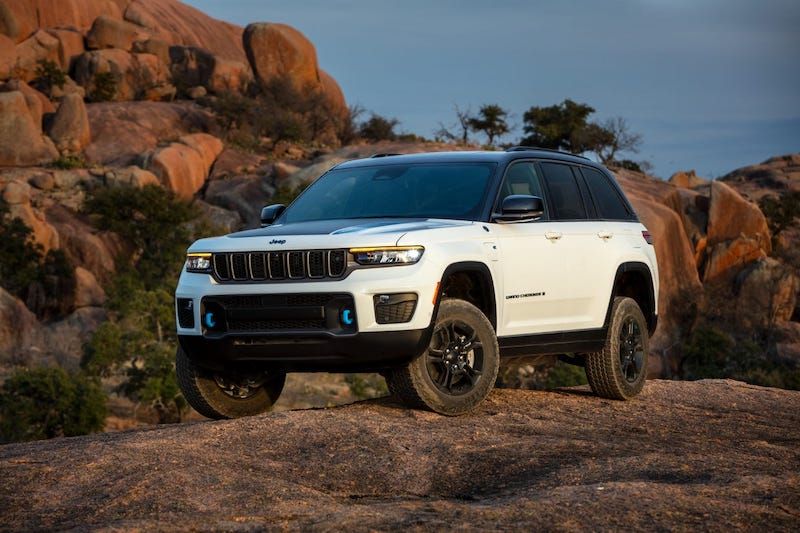
2023 Jeep Grand Cherokee Trailhawk Now PHEV Only
-

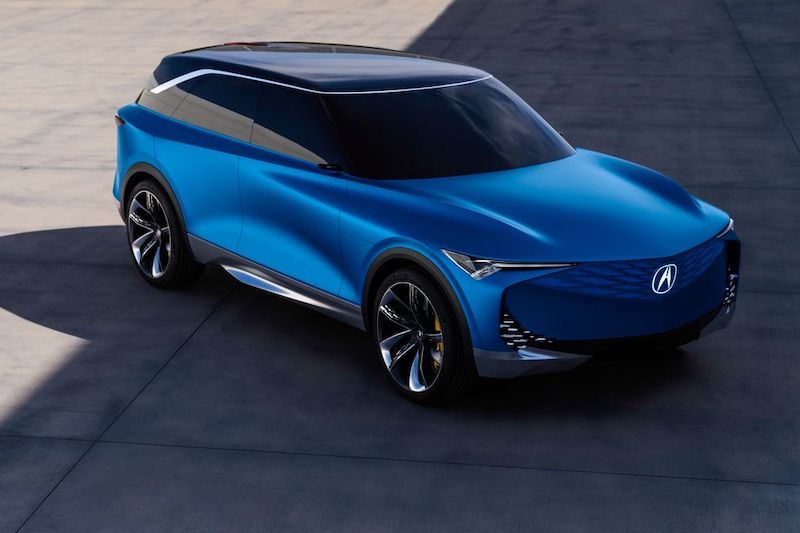
Acura Prevision EV Concept Previews Brand’s Electric Future
-

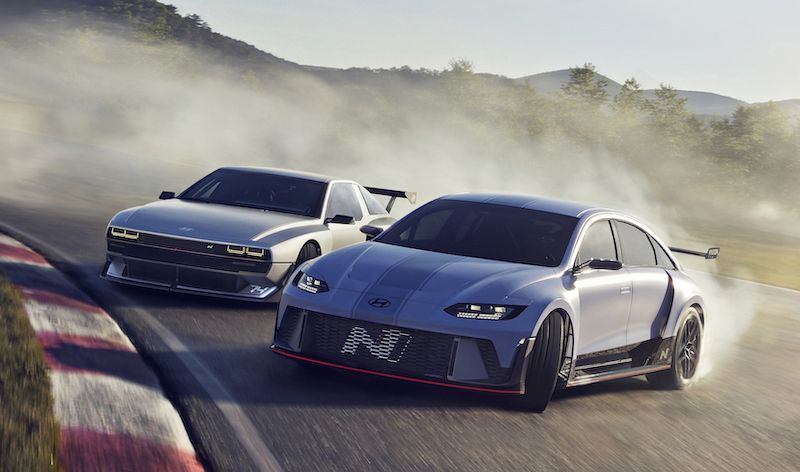
Hyundai Gets Serious About Electric Performance Cars, Shows off Two Concepts
-


Ford Looks to Have 100% of EV Sales Be Online
-

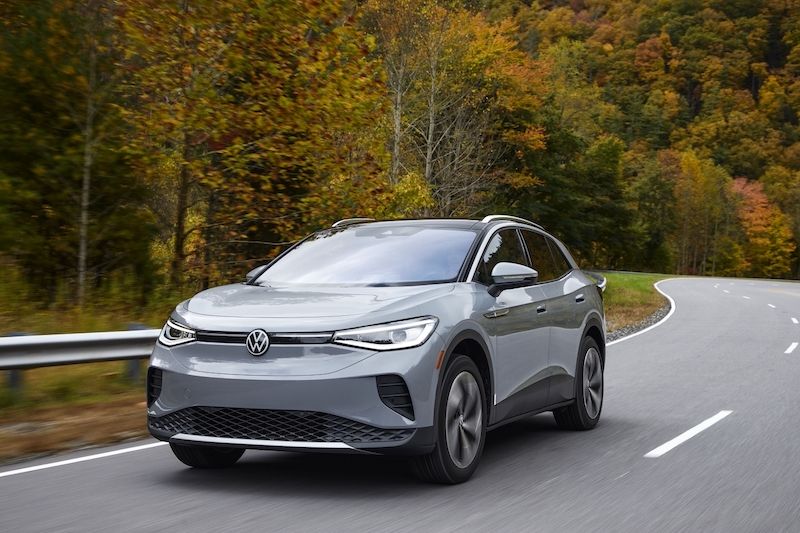
Volkswagen CEO Believes It Will Overtake Tesla in EV Sales by 2025
-

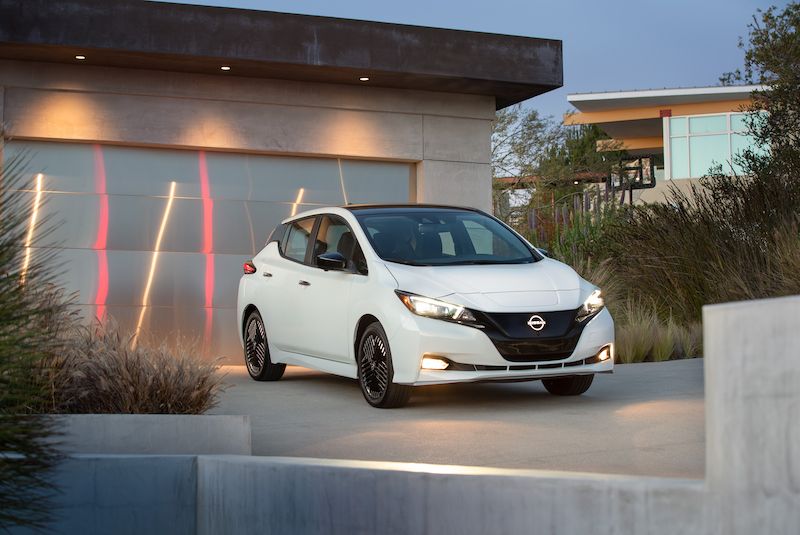
Report Claims Nissan Leaf Will Be Discontinued by 2025
-


Autonomous Vehicles Will Require Cities to Change Their Transportation Methods
-


Rivian, Mercedes-Benz Partner to Produce Electric Commercial Vans
- Ford Reportedly Dropping 2024 Mustang Hybrid
- Ford is Testing a New Robotic Charging Station to Assist Drivers of EVs With Disabilities
- Qualcomm Ventures Invests in ThunderX, a Company Developing a Domain Controller-based Intelligent Vehicle Compute Platform
- Toyota to Collaborate With Texas-based Utility Provider Oncor to Accelerate a Vehicle-to-Grid EV Charging Ecosystem
- Automaker BYD is Emerging as One of Tesla’s Biggest Competitors in China, Latest Vehicle Registration Data Shows
- Drivers of 2010-2018 Lexus Vehicles Lose Vehicle Connectivity Services Due to The Recent Shutdown of 3G Cellular Networks
- China's Tech Giant Baidu Plans to Rollout the World’s Largest Fully Autonomous Ride-Hailing Service by Next Year
- Siemens Invests $25 Million in Wireless Charging Company WiTricity to Develop Interoperable Standards for Cable-free EV Charging
- Electric Hypercar Developer Rimac Raises $500 Million Euro in Series D Round, Investors Include Porsche, Softbank and Goldman Sachs
- New Intelligent EV Company JiDU Reveals its Revolutionary Concept Production 'Robocar'











 About Us
About Us Contact Us
Contact Us Careers
Careers